9 Best Commercial Floor Plan Software Tools
The best way to attract interest, test out different layouts, and communicate design intent is with floor plan software. But which one should you choose? We've made a list of the best options for you.

Article Summary:
Best overall for commercial use: RoomSketcher
Other alternatives: Floorplanner, Cedreo, CubiCasa, magicplan, SketchUp, SmartDraw
For styling/decor visuals: HomeByMe, Homestyler
We've tested nine floor plan software on ease of use, speed, and built-in features to give you the best starting point to your next commercial project. In this post, we break down each tool, providing a list of pros and cons, to make your decision-making process easier.
Why Use Floor Plan Software for Commercial Projects?
Floor plan software helps you create accurate 2D and 3D floor plans that bring commercial spaces to life. Before anyone steps inside, you can highlight square footage, try different layouts, and present clear visuals that make properties easy to understand and market.
Developers and brokers use floor plan software to show design intent, and build trust with clients. It's a faster, more cost-effective way to test layouts and finishes, giving everyone a clear picture of how a space could work. You can make multiple furniture arrangements, test finishes, and so much more with just a few clicks.
How Do Professionals Use Floor Plan Software for Commercial Spaces?
Commercial real estate and design professionals use floor plan software to plan, present, and market properties. Clear visuals help clients picture how a space can work, making it easier to decide, sign leases, and move projects forward. With the right tools, you can:
- Create precise 2D floor plans that clearly show dimensions, entrances, and flow
- Use 3D floor plans to visualize office layouts, retail spaces, or hospitality concepts
- Share projects in Live 3D so clients can take an interactive walkthrough of the property
- Apply branding and customization to present polished, client-ready plans with logos and annotations
- Test multiple floor plans for workstations, retail layouts, or common areas without costly revisions
Top 9 Commercial Floor Plan Software Tools
1. RoomSketcher

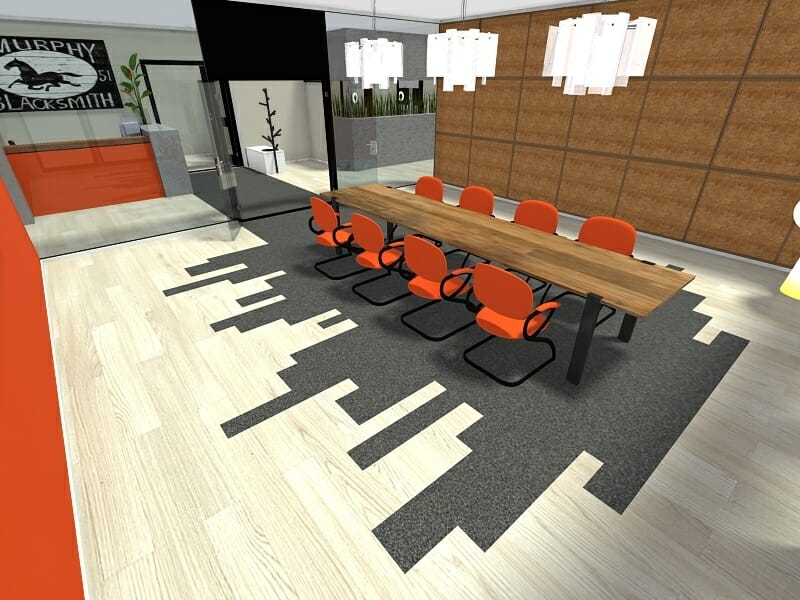



RoomSketcher is the top choice for commercial floor planning. It combines powerful 2D and 3D tools with ease of use, making it a favorite for professionals such as builders, real estate agents, designers, and remodelers.
You can draw yourself, import blueprints, or order professional redraws with next-business-day turnaround. Every plan is editable, so you can update and re-generate 2D floor plans at no extra cost. It even works offline, syncing across devices. For a professional presentation, you can visualize any floor plan with Live 3D, 360 Views, and high-quality 3D Photos.
Standout features:
- Intuitive drag-and-drop editor
- Customizable 2D and 3D Floor Plans
- Advanced measurement tools
- Professional redraw service with editable floor plans
- Interactive Live 3D and 360 Views
- Custom branding tools and saved styles
- Regularly updated furniture library
- Use Replace Materials on furniture, walls, decorations, and more
Join over 10 million people who already use RoomSketcher
2. Floorplanner
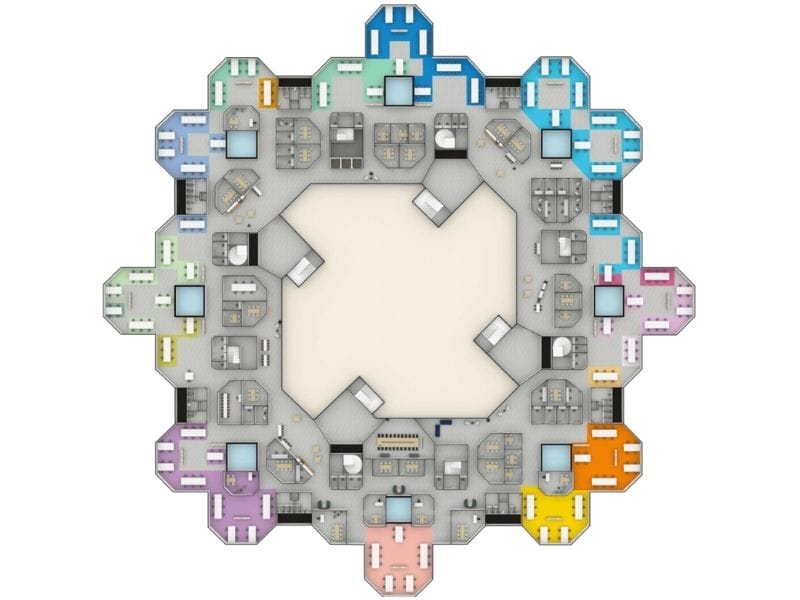
Floorplanner is a browser-based tool popular for quick layouts and photorealistic 3D. It's a good option for those who want fast results with minimal setup.
However, customization is limited, and advanced features like high-resolution exports require higher-tier subscriptions. It doesn't offer a redraw service, making it less suitable for large commercial projects.
Pros:
- Easy drag-and-drop design
- Instant 2D and 3D views
- Large furniture library
Cons:
- Limited customization
- No redraw service
Read our full Floorplanner review.
3. Cedreo

Cedreo delivers strong 3D visuals and is aimed at builders and architects. It's useful for client presentations and quick visualizations.
The downside is its complexity. The interface can be complicated, furniture customization is limited, and it only runs in a browser (no tablet or offline support).
Pros:
- Professional 2D and 3D layouts
- Strong 3D rendering
- Useful for client presentations
Cons:
- Steep learning curve
- Limited customization
- No redraw service
Read our full Cedreo review.
4. CubiCasa
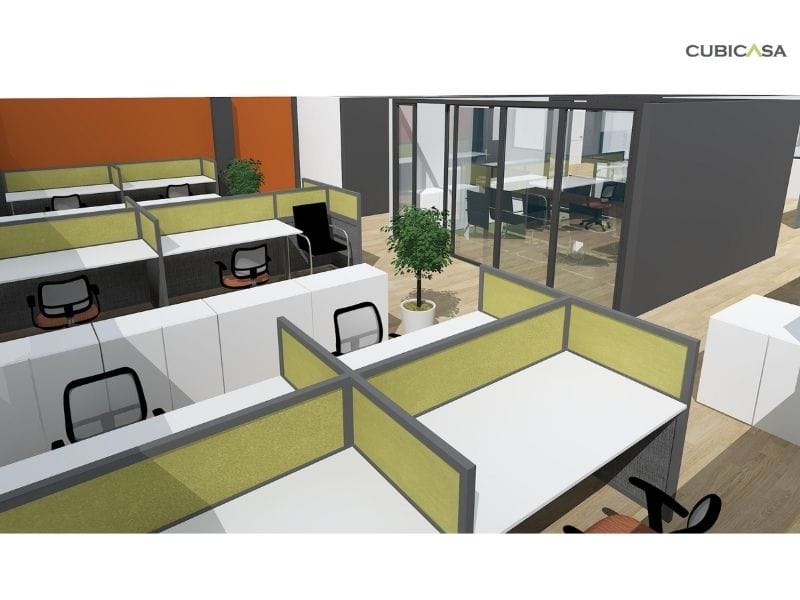
CubiCasa specializes in quick scan-to-plan results. It's ideal for professionals who need simple, accurate floor plans of existing properties in minutes.
On the other hand, it falls short on editing, customization, and design flexibility, so it's less suited for new builds or complex commercial projects.
Pros:
- Fast, easy scans
- Clean 2D and 3D outputs
- Affordable entry point
Cons:
- Minimal editing options
- Limited customization
Read our full CubiCasa review.
5. magicplan
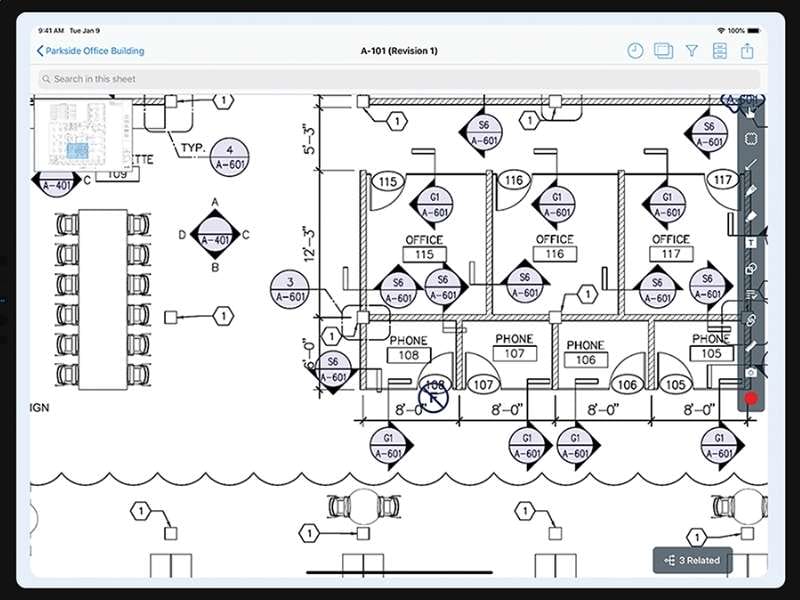
magicplan is a mobile-first app popular with contractors and inspectors. It uses AR/LiDAR scanning to create floor plans quickly and includes estimating tools.
It's good for documenting existing spaces, but editing must be done on mobile devices, and visuals are basic compared to other tools.
Pros:
- Quick scans with AR/LiDAR
- Good for contractors and fieldwork
- Includes estimating tools
Cons:
- Editing only on mobile
- Limited 3D visuals and customization
Read our full magicplan review.
6. HomeByMe

HomeByMe focuses on interior styling and photorealistic rendering. It's good for experimenting with lighting and ambiance.
However, its measurement tools and floor plan customization are limited compared to RoomSketcher, and redraw services are slower.
Pros:
- Strong rendering quality
- Real brand-name furniture
- Good for styling projects
Cons:
- Limited technical tools
- Slower redraw service
Read our full HomeByMe review.
7. Homestyler

Homestyler is another styling-focused tool with good 3D renders and brand-name furniture. It's browser-based and includes design challenges.
While it's good for interior décor visuals, it lacks redraw services, advanced measurement tools, and branded exports that professionals need.
Pros:
- High-quality renders
- Real furniture brands
- Browser-based and mobile apps
Cons:
- Limited professional features
- No redraw service
Read our full Homestyler review.
8. SketchUp
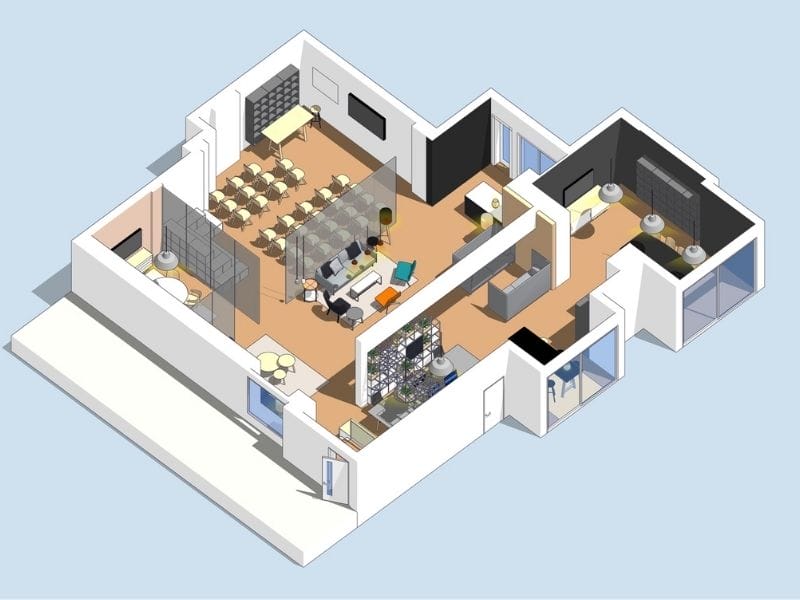
SketchUp is a versatile 3D modeling tool used across architecture and design. It offers powerful modeling capabilities and an extensive object library.
However, it's less efficient for floor planning. Plans must be built line by line, and high-quality visuals often require add-ons.
Pros:
- Good for complex 3D projects
- Huge object library
Cons:
- Steep learning curve
- Time-consuming for floor plans
Read our full SketchUp review.
9. SmartDraw

SmartDraw is mainly a diagramming tool that includes basic floor plan templates. It's best suited for businesses already using it for charts and workflows.
It's limited to 2D, with no 3D features or redraw services, so it doesn't meet the needs of most commercial design professionals.
Pros:
- Works well for diagrams
- Responsive support
Cons:
- No 3D floor plans
- Basic customization only
Read our full SmartDraw review.
Get Started with RoomSketcher Today
If you're looking for an easy-to-use floor plan software that doesn't sacrifice power or professional features, RoomSketcher is the perfect fit.
But don't just take our word for it. Create an account today and explore the features yourself!
Frequently Asked Questions (FAQ)
There are multiple ways to get the floor plans of a commercial building, but here are some ways to go about it.
Contact local authorities: visit your local city or county planning department or public records office. When doing so, make sure to have the building's address and owner's name and be prepared to fill out a request firm.
Contact the property owner or management: Reach out to the building's owner or property management company, especially if you have a legitimate reason for needing the plans. Clearly explain your intentions for using the floor plans.
Utilize online and real estate resources: Check online property listing sites and consult with a local commercial real estate agent.
Explore alternatives: If you can't find the original plans, use floor plan software or design tools, such as RoomSketcher to create a detailed layout from scratch.
RoomSketcher is the most complete option for commercial floor plans. Offers accurate 2D and 3D Floor Plans, advanced measurement tools (GLA, GIA, TLA), professional redraw services, branding options, and interactive Live 3D walkthroughs. Works online and offline, making it flexible for large teams and professionals.
There are some key components of a professional floor plan, such as:
A bird's-eye view: where the primary perspective is from above.
A scaled drawing: all elements are drawn to scale.
Walls: both interior and exterior walls are clearly shown.
Doors and windows: their placement is precisely noted.
Room labels: each room is identified with its intended purpose.
Dimensions: Precise measurements for rooms and structural features are provided.
Fixed fixtures: Bathroom fittings and kitchen appliances are shown in their intended locations.
Structural elements: stairs, beams, and other key structural components are included.
Furniture layouts: this one is optional, but many professional plans include typical furniture to help visualize the space's functionality and use. It also gives a sense of the space.
With RoomSketcher, you can make professional floor plans with all of these elements.
Recommended Reads
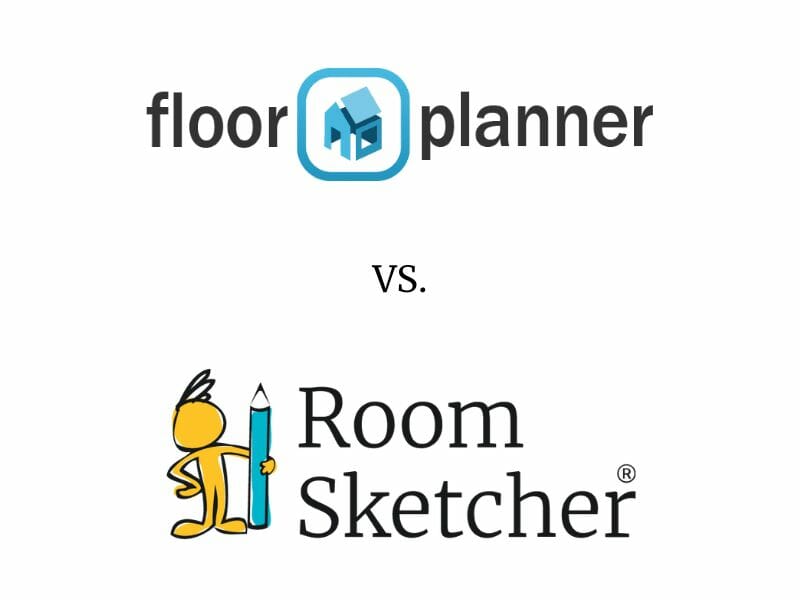
Floorplanner vs. RoomSketcher - Which Tool is Right for You?
Read our thorough Floorplanner vs RoomSketcher Comparison - Find out which floor plan solution is best for you.
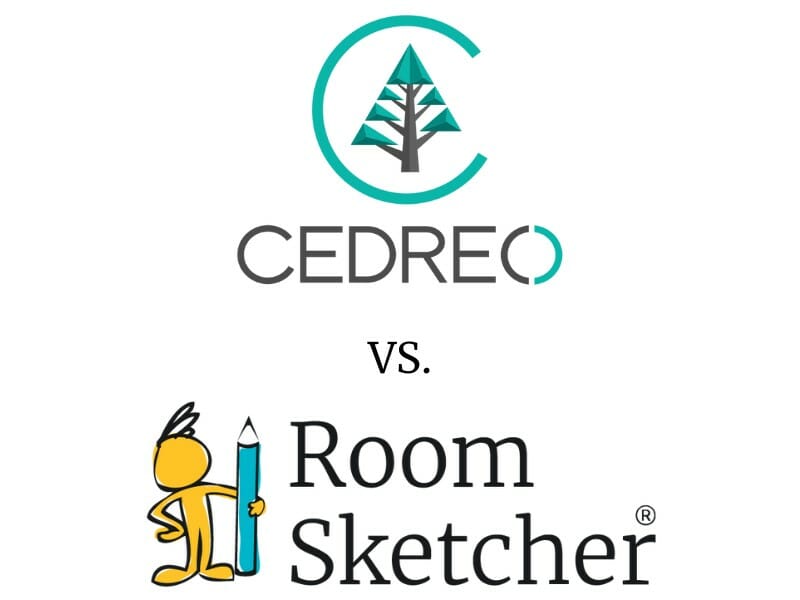
Cedreo vs. RoomSketcher
Cedreo vs. RoomSketcher - which floor plan software is right for you? Check out our deep-dive comparison now.
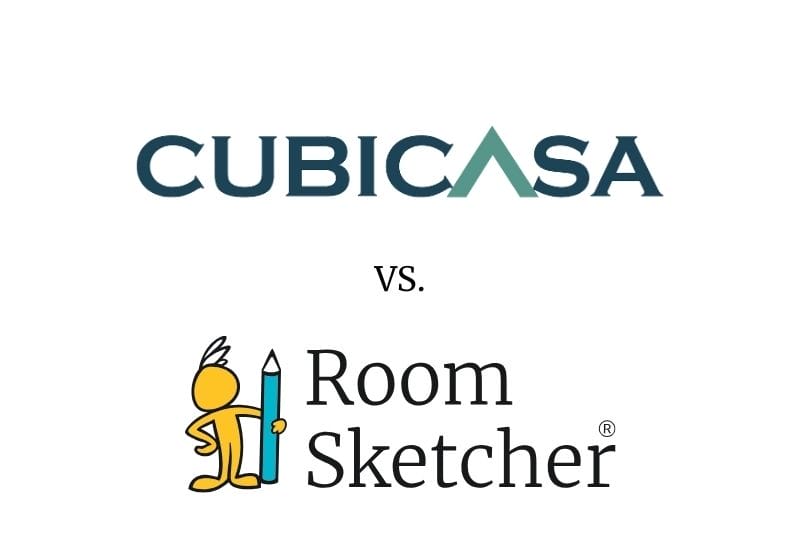
CubiCasa vs. RoomSketcher: Which Is Better?
Are you deciding between CubiCasa and RoomSketcher for your floor plan needs? No matter your professional needs, this guide will help you decide which suits you best.
